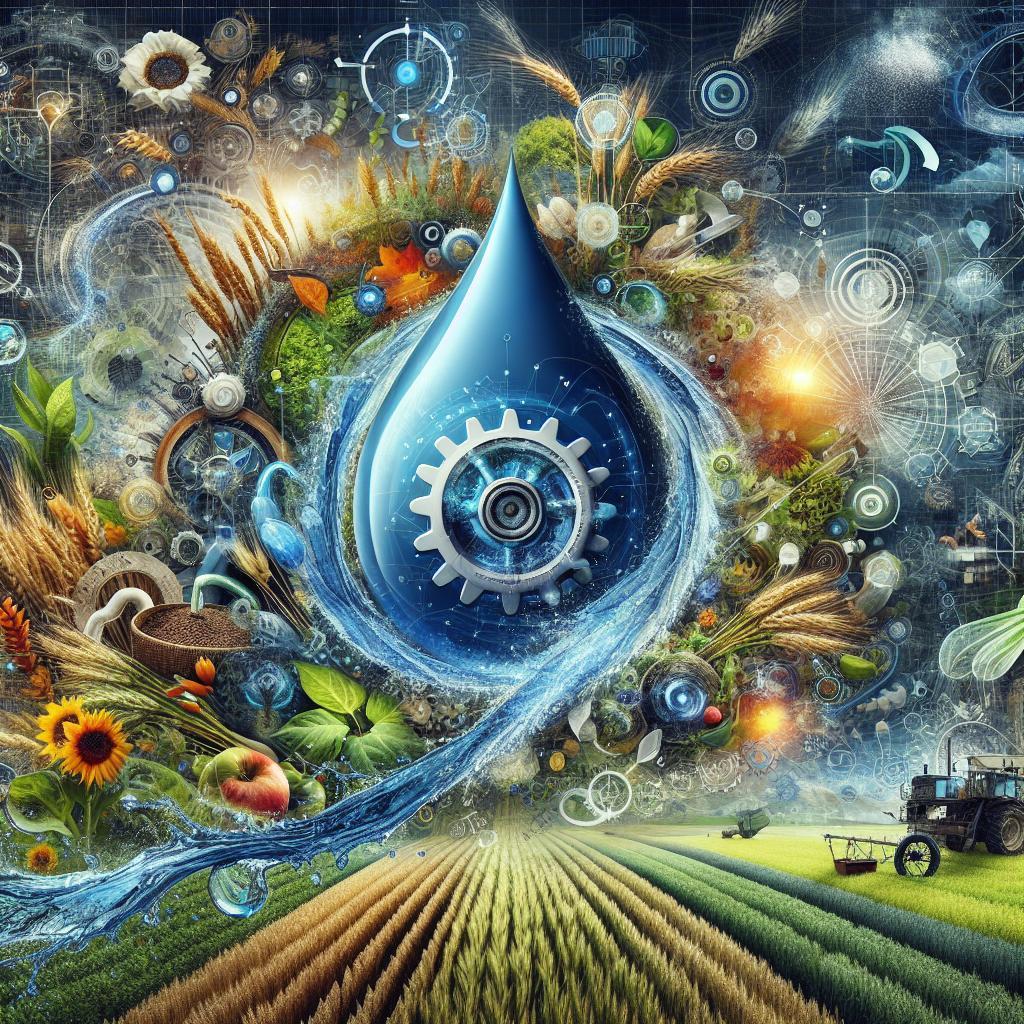This post may contain affiliate links which means I may receive a commission for purchases made through links. Learn more on my Private Policy page.
Title: Top Ways to Improve Irrigation Efficiency on Your Farm
As the sun rises over fields of green and the gentle hum of farm machinery fills the air, the importance of smart irrigation practices becomes crystal clear. Farmers know that water is not just a resource; it’s the lifeblood of their crops and the heart of their livelihood. Yet, with the challenges of climate change and water scarcity, finding ways to maximize irrigation efficiency is more crucial than ever. Whether you’re a seasoned farmer or just starting out, understanding how to conserve water while nourishing your fields can lead to healthier plants, fatter harvests, and a more sustainable future. Join us as we explore innovative tips and techniques that will help you water wisely, boost your crop yield, and keep your farm thriving—one drop at a time!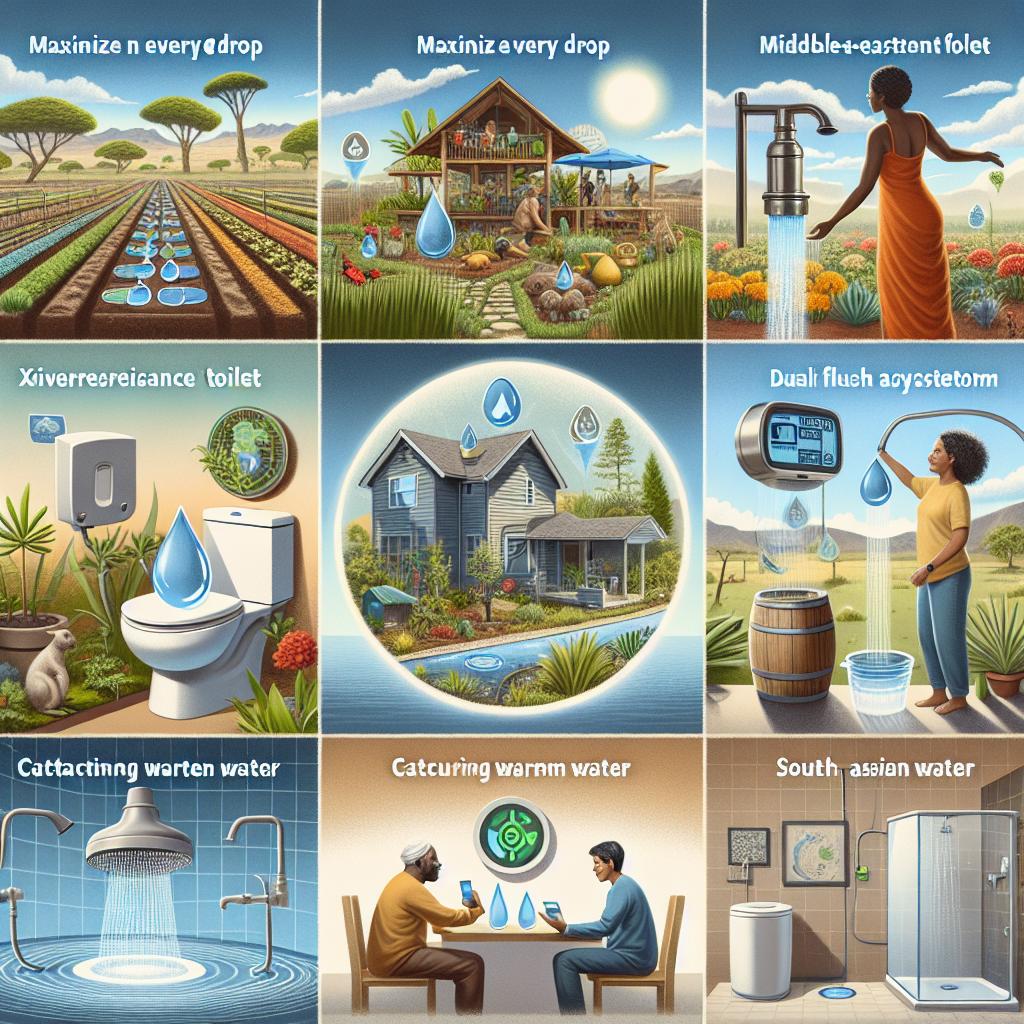
Maximize Every Drop: Innovative Techniques for Water Conservation
Enhancing irrigation efficiency on your farm can be transformative, ensuring that every drop of water is utilized effectively. To begin with, consider implementing drip irrigation systems. This technique delivers water directly to the root zone of your plants, minimizing evaporation and runoff. Pairing this with soil moisture sensors can provide real-time data, allowing you to adjust watering schedules based on actual needs rather than relying on guesswork. Furthermore, incorporating mulching can help retain soil moisture, reducing the frequency of irrigation while suppressing weeds that compete for water.
Another innovative approach is to explore rainwater harvesting systems. By capturing and storing rainwater, you can supplement your irrigation needs without further burdening your groundwater resources. Create a water management plan that outlines how much moisture each crop requires and when to apply it. This plan can serve as a valuable guide, ensuring that you stay on track and avoid overwatering. To visualize your water usage, consider creating a simple table that tracks your irrigation cycles over time:
| Crop | Water Required (gallons/week) | Current Usage (gallons/week) | Adjustment Needed |
|---|---|---|---|
| Tomatoes | 50 | 70 | Reduce by 20 gallons |
| Carrots | 30 | 30 | No Adjustment |
| Corn | 75 | 80 | Reduce by 5 gallons |
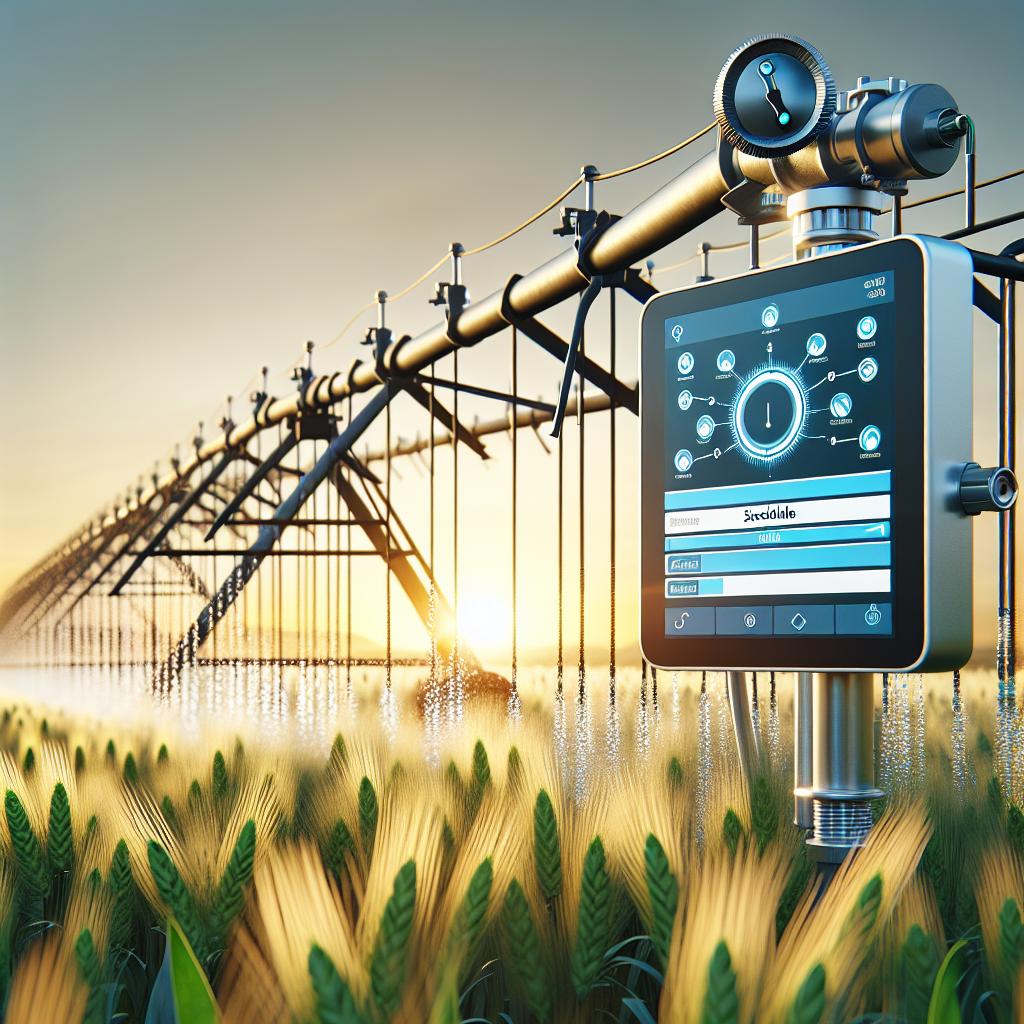
Smart Scheduling: Unlocking the Power of Precision Irrigation
Harnessing technology to implement precision irrigation can dramatically enhance water efficiency on your farm. By utilizing smart scheduling systems, you can ensure that your crops receive the exact amount of water they need at optimal times. This means no more guessing when to water or worrying about over- or under-watering, as innovative algorithms analyze various factors, such as soil moisture levels, weather conditions, and plant requirements. Additionally, using sensor technology and mobile applications allows farmers to monitor irrigation needs from anywhere, providing flexibility and control like never before.
To get the most out of smart scheduling, consider adopting practices like:
- Soil Moisture Sensors: Continuously monitor soil conditions for targeted irrigation.
- Weather Data Integration: Automate irrigation based on real-time weather forecasts.
- Variable Rate Irrigation (VRI): Adjust irrigation intensity across different fields and zones.
By implementing these smart practices, you can not only conserve water resources but also improve crop yields while reducing energy costs. The result is a sustainable irrigation approach that supports both your bottom line and the environment.
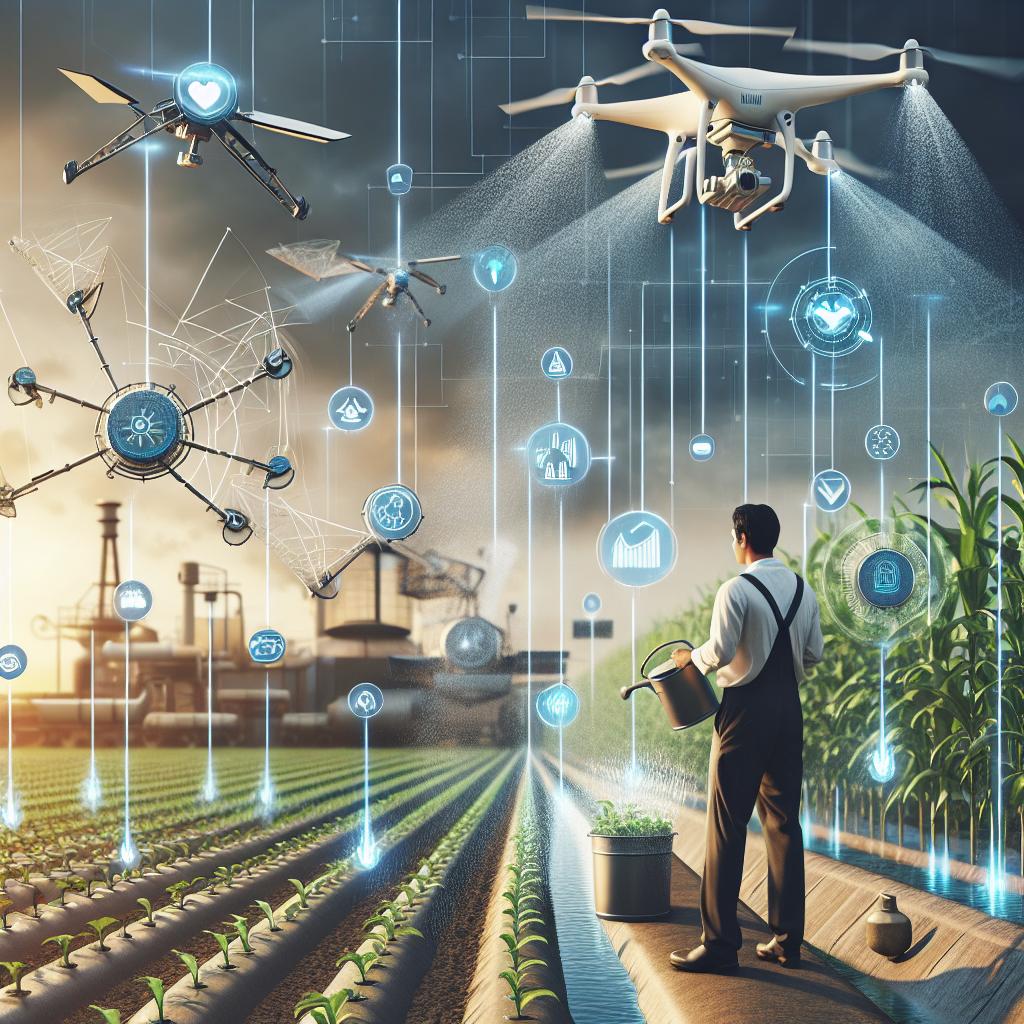
Embrace Technology: Tools to Enhance Irrigation Efficiency
In today’s digital age, leveraging technology in your irrigation strategy can lead to remarkable improvements in water management and crop yields. Smart irrigation systems utilize sensors and weather data to automate watering schedules, ensuring that your crops receive the proper hydration without overwatering. Consider investing in soil moisture sensors that provide real-time feedback on soil conditions, allowing you to customize your irrigation practices based on the specific needs of your crops. Additionally, drones equipped with thermal imaging can assess field health, spotting areas that require attention, which helps to manage resources more efficiently.
Integrating mobile applications into your farm management allows for greater control and monitoring of irrigation systems from the palm of your hand. You can set alerts for critical moisture levels and make adjustments on-the-go, ensuring that you are always aligned with the evolving conditions of your crops. To illustrate the potential savings and efficiency, consider the following table:
| Technology | Benefits | Potential Water Savings |
|---|---|---|
| Smart Irrigation Systems | Automated schedules, precise control | Up to 30% |
| Soil Moisture Sensors | Real-time soil data, optimized moisture levels | 20-50% |
| Drones | Field assessment, health monitoring | Varies based on application |
| Mobile Applications | Remote management, instant notifications | Up to 25% |
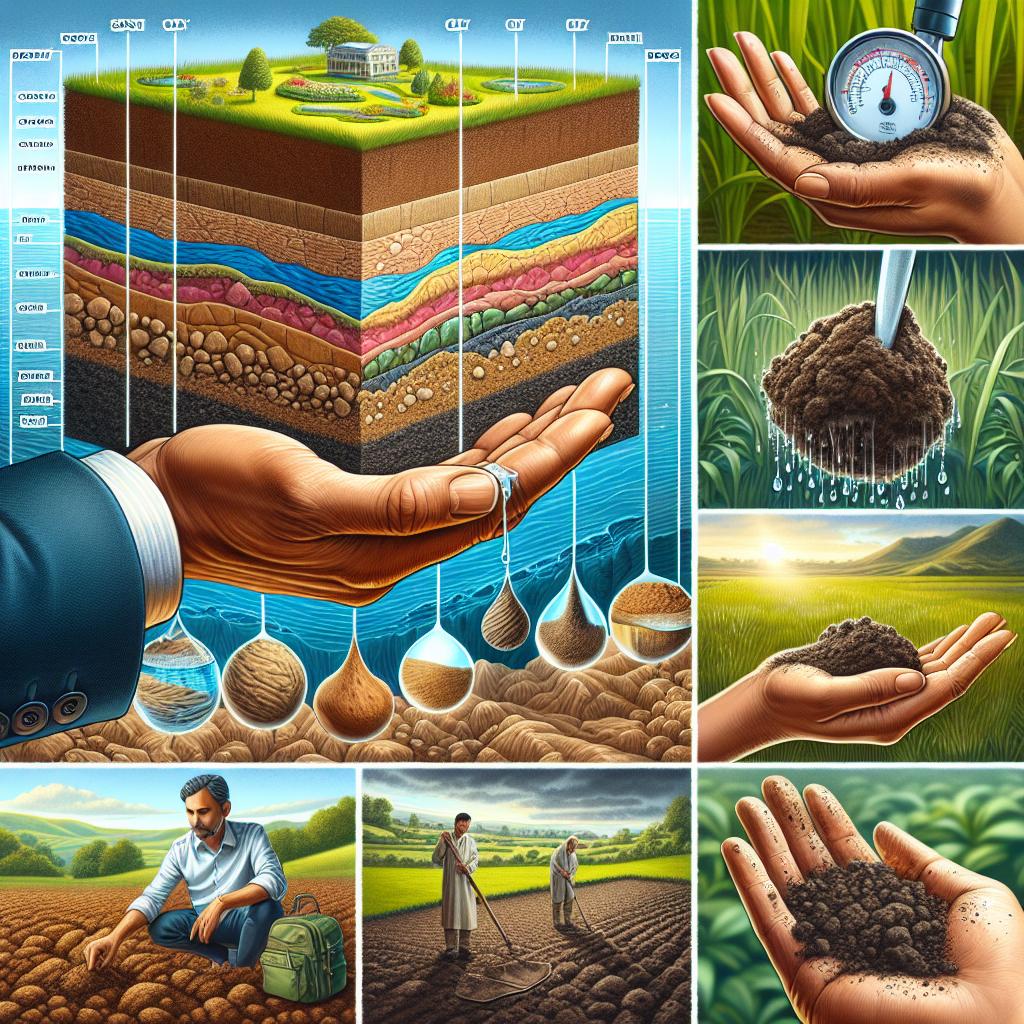
Soil Savvy: Understanding Your Land for Optimal Water Use
Understanding the specific needs of your soil is vital for achieving optimal irrigation efficiency. Each type of soil has unique properties that influence its water retention and absorption capabilities. For instance, loamy soils typically retain moisture well, while sandy soils drain quickly. To maximize water use on your farm, consider conducting a soil test. This will help you determine the texture, pH, and nutrient levels of your soil. Armed with this knowledge, you can then tailor your irrigation practices to suit your land’s specific requirements. Techniques such as mulching can also help manage soil moisture by reducing evaporation, keeping your crops hydrated without excessive water use.
Moreover, implementing advanced irrigation technologies can significantly enhance your water management. Drip irrigation systems deliver water directly to the plant roots, minimizing waste and evaporation. Additionally, using soil moisture sensors allows you to monitor the hydration levels of your fields in real-time, ensuring you’re only watering when necessary. Pair these technologies with rainwater harvesting systems, and you’ll not only conserve water but also provide your crops with a natural resource. Remember, the key to sustainable farming lies in striking a harmonious balance between your soil’s needs and your irrigation methods.
In Retrospect
As we wrap up our exploration of the top ways to improve irrigation efficiency on your farm, it’s clear that every drop counts. By implementing thoughtful practices and embracing innovative technologies, not only can you safeguard your valuable water resources, but you can also nurture your crops to thrive in ways you might not have imagined.
Remember, improving irrigation efficiency is a journey, not a destination. Whether you choose to incorporate smart irrigation systems, embrace rainwater harvesting, or simply practice mindful scheduling, each step you take adds up to significant savings for both your wallet and the environment.
So, gather your tools, rally your team, and let the journey to a more sustainable farm begin! After all, a well-watered farm is a happy farm, and with your dedication and creativity, the future is looking bright and bountiful. Cheers to your irrigation success! 🌾💧
This post may contain affiliate links which means I may receive a commission for purchases made through links. Learn more on my Private Policy page.

